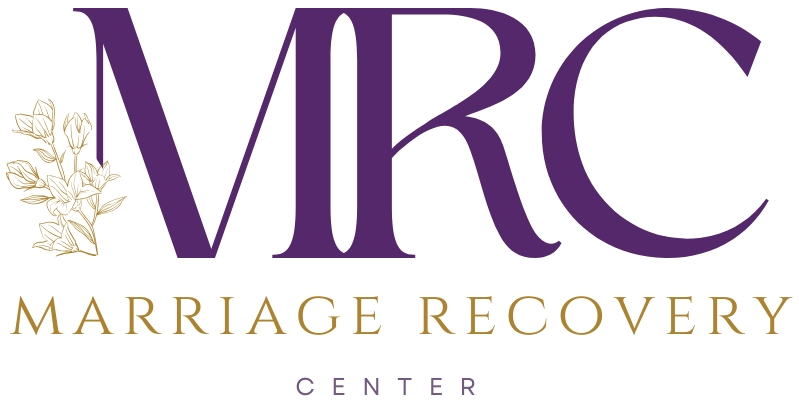Sharmen speaks out about secondary abuse and the church, how to recognize it and what to do if you are a victim of secondary abuse.
Secondary Abuse and The Church
Emotional abuse is a topic that has gained significant attention in recent years, shedding light on the damaging effects it can have on individuals within relationships. But there is another layer to this issue that often goes unnoticed or unaddressed – secondary abuse. In this article, we will define what secondary abuse is, discuss its impact on victims, and explore ways to deal with it, particularly in the context of the church.
Understanding Secondary Abuse
To fully grasp the concept of secondary abuse, we must first define emotional abuse. Emotional abuse is an ongoing pattern of destructive behaviors used to gain and maintain control over one’s spouse for one’s own benefit at the expense of their spouse. It involves powering over another person to the point where they lose their freedom and ability to choose who they are and how they show up in the world.
Secondary abuse comes into play when the abused person seeks help from a trusted advisor, often within a church or religious community, and their abuse is either overlooked, dismissed, or minimized by that advisor. Instead of addressing the harmful power and control dynamics in the relationship, the victim is often told to pray, read a Bible, go on more dates, or even change their appearance. This places the burden of fixing the relationship squarely on the victim’s shoulders.
Examples of Secondary Abuse
Secondary abuse can manifest in various ways within the context of a religious community. Here are some common examples:
Focusing on the Last Straw
When couples seek help, it is usually because something significant has happened, a “last straw” moment that forces them to acknowledge the problems. Unfortunately, the focus tends to shift exclusively to this specific issue, neglecting the underlying issues of power and control within the relationship.
Pressure to Maintain the Status Quo
Well-meaning advice often prioritizes preserving the institution of marriage over the well-being of the individuals within it. Couples are told to “suck it up” and “make nice,” even when enduring emotional abuse. This places the responsibility solely on the victim to endure and change the dynamics, reinforcing the harmful power structure.
Disregarding the Harm of Headship and Submission Theology
Headship and submission theology can further exacerbate the problem. It allows a husband to act badly with minimal accountability, as he is seen as the head of the home. This theology often silences women, making them feel powerless to challenge their spouse’s behavior.
The Role of Church Counsel
People helpers within the church often gravitate toward individuals who appear open to change or are less resistant. This bias can inadvertently compound the harm by ignoring the abusive partner’s behavior and focusing on trying to “unconfuse” the victim. This reinforces the victim’s silence and the cycle of abuse.
The Impact of Secondary Abuse
Secondary abuse can be devastating, often more so than the original abuse. Victims may feel alone, unheard, and abandoned by their church community and even their understanding of God’s character. They may ultimately leave the church, divorce, and suffer long-lasting trauma.
Healing from Secondary Abuse
If you find yourself in a situation where you are experiencing secondary abuse, here are some steps to consider:
Focus on Individual Growth
Recognize that marriage issues often stem from individual heart issues. If your spouse is unwilling to address their behavior, focus on your own personal growth and well-being.
Seek Truth and Trust Yourself
Become a seeker of truth and learn to trust your own judgment. Listen to the Holy Spirit within you to discern what is true and filter out harmful advice.
Own Your Agency
Recognize your right and responsibility to define who you are and communicate your needs. Allow your spouse to do the same.
Embrace the Journey
Remember that life is about the journey, not just reaching a destination. Show up well for each step along the way, even when the path looks different from what you expected.
Keep Trusting and Keep Walking
Trust that God has a plan, even when it doesn’t align with your expectations. Keep taking the next step in faith.
In conclusion, secondary abuse is a real and damaging phenomenon, especially within the context of the church. It is crucial for religious communities to recognize and address this issue, providing support and care to victims rather than perpetuating the cycle of abuse.
By empowering individuals to seek truth, embrace their agency, and trust themselves, we can work towards healing and healthier relationships within the church and beyond.
To learn how we can help, reach out to us at (206) 219-0145 or info@marriagerecoverycenter.com to speak with a Client Care Specialist
Also read: How to Save Your Marriage With An Intervention
About Dr. Hawkins:
The internet is inundated with hyperbole and misinformation about narcissism, leaving many people confused and hopeless. Get the facts on narcissism and emotional abuse from someone who has been researching, writing about and treating narcissism and emotional abuse for over a decade.
Dr. Hawkins is a best-selling author and clinical psychologist with over three decades of experience helping people break unhealthy patterns and build healthier relationships.
He is the founder and director of the Marriage Recovery Center and the Emotional Abuse Institute which offers education, training and counseling for people who want to break free of, and heal from, emotional abuse. Whether the perpetrator of the abuse is your spouse, partner, parent, boss, friend or family member, we offer practical advice for anyone trapped in a toxic, destructive relationship.
In addition to narcissism & emotional abuse, you’ll learn about the lesser known forms of abuse, including covert abuse, reactive abuse, spiritual abuse, secondary abuse, relationship trauma and much more.








